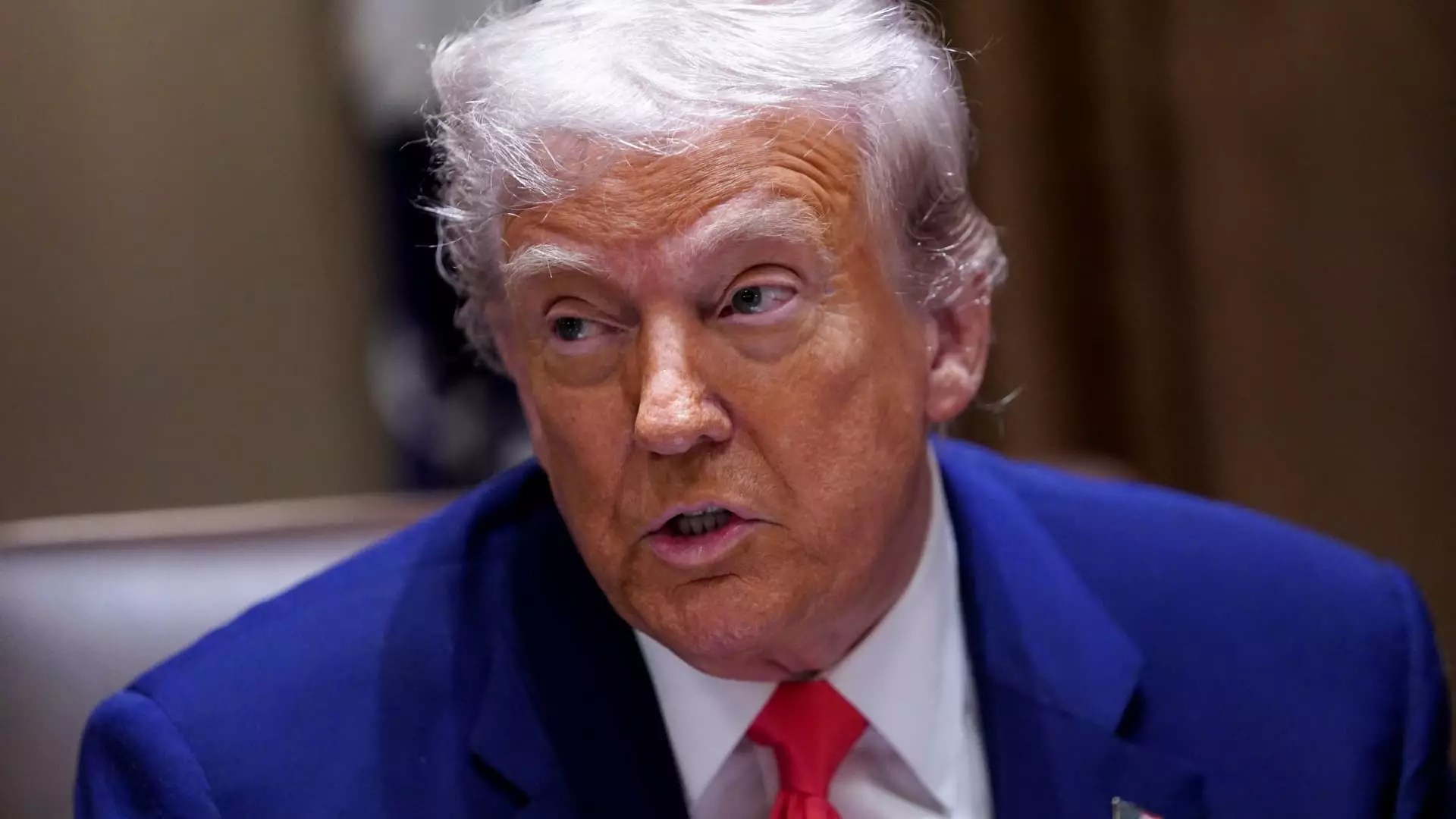The recent announcement of a staggering 145% tariff on imports from China signifies not just a trade tactic but a potential economic catastrophe in the making. With this increment, President Trump has thrust the U.S. into a protectionist mindset not seen since the mid-20th century. The implications of these steep tariffs are dire, not just for international relations, but for the average American consumer. Parking ideologies aside, it’s perplexing to contemplate how escalating tariffs might seem like shielding the economy while, in practice, they could be exposing it to catastrophic repercussions.
The Portent of Trade Isolation
As economist Erica York pointed out, such drastic tariff rates are more than mere numbers; they are likely to sever most trade routes between the U.S. and China, which is not only detrimental to importers but also consumers who rely on affordable goods. A triple-digit tariff is essentially a signal to businesses: proceed at your own risk. While certain essential goods may remain imported at a higher cost, the majority will likely become prohibitively expensive or altogether inaccessible.
This isolationism could, paradoxically, cripple U.S. companies more than it harms China. If domestic businesses can’t find alternatives to Chinese goods or raw materials, they will inevitably pass on these costs to consumers. This cascading price increase does not merely inflate prices; it dilutes the purchasing power of the average American, leading to fewer choices and diminished quality of life.
Your Wallet and Protectionism
An essential part of the conversation centers around who truly bears the brunt of these tariffs. Initially framed as a way to bolster American manufacturing, they are likely to have the opposite effect. Economic measures, like tariffs, that are intended to protect local industries can inadvertently turn around and hurt them by raising operational expenses. The Tax Foundation estimates an astounding increase in federal revenue due to these tariffs—$171.6 billion this year alone—marking what could be the largest tax increase since 1993.
However, it’s critical to scrutinize for whom this revenue is beneficial. Is it funding social programs or bolstering public infrastructure? Or is it merely piling onto the government’s already bloated expenditures? This boundary blurs as middle-class Americans, the backbone of the economy, see their disposable income dwindle amidst rising prices.
The Illusion of Economic Growth
The narrative that higher tariffs lead to economic growth needs reevaluation. As President Trump temporarily lowers tariffs for other nations while distinguishing China for his punitive measures reflects a strategy of division that may result in short-term gain for certain sectors but long-term pain for the economy as a whole. While the administration touts these moves as necessary to rectify trade imbalances, the looming threat of a full-blown trade war could evaporate any perceived benefits from these policies.
China’s retaliatory actions further escalate this conflict, as they respond with their extensive tariffs on U.S. imports. This cycle of retaliation does not merely engage in a tit-for-tat game; it ushers in economic uncertainty that harbors detrimental ripple effects on global markets.
The current tariff landscape is illustrative of a broader, detrimental trend toward isolationism. In an interconnected world, these protective measures could cut the U.S. off from essential global partnerships that foster innovation, competition, and economic vitality. The dialogue should transition from viewing tariffs as a shield to recognizing them as chains binding the economy in a void of limited access and inflated prices.


Leave a Reply